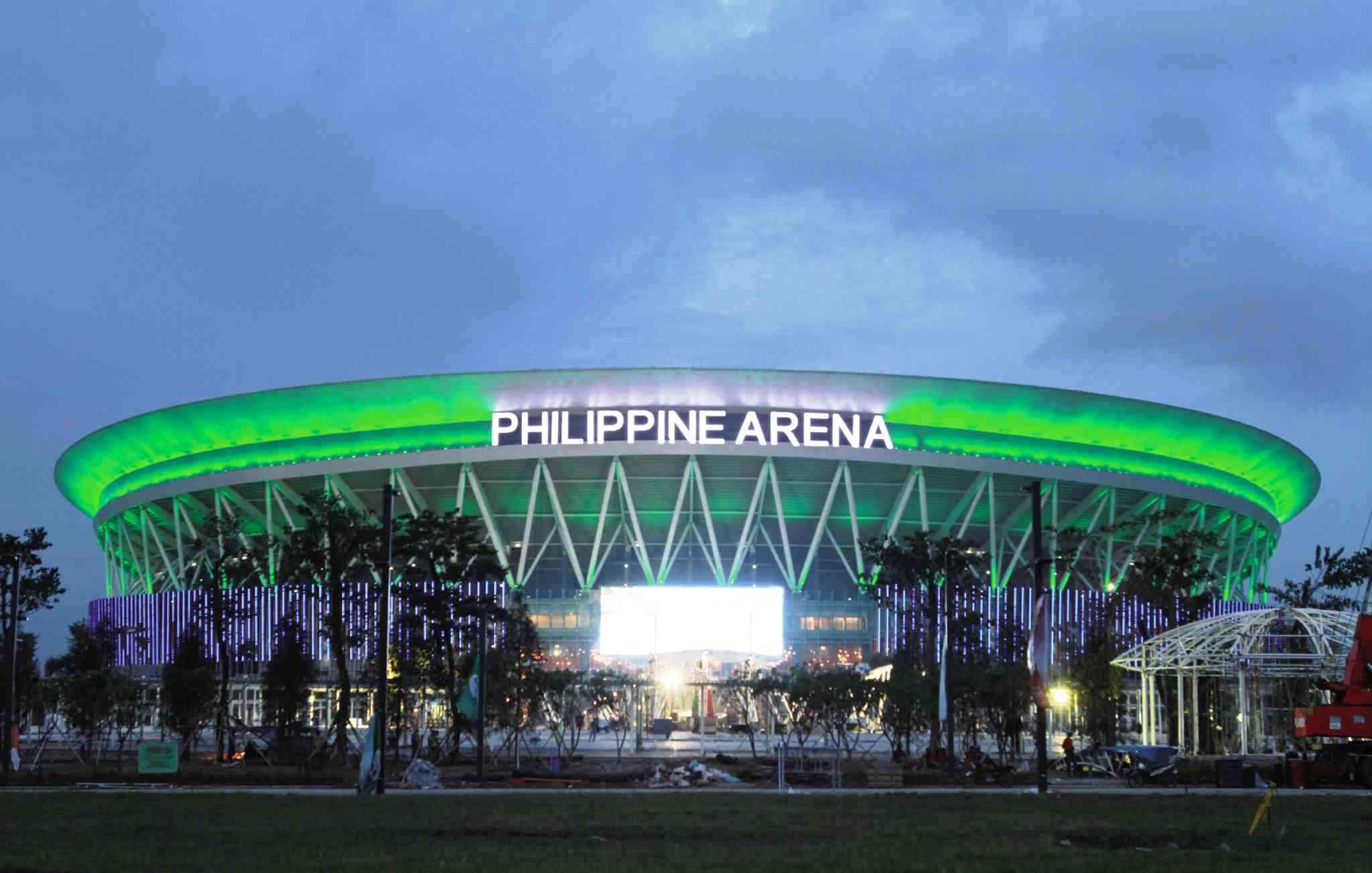
Dubbed as the “World’s Largest Indoor Arena”, the Philippine Arena is a multipurpose indoor arena situated in Ciudad de Victoria, Bocaue, Bulacan. It has a maximum capacity of 55, 000 people. Guinness Book of World Records considered it as the largest mixed-use theater in the world.
The arena is the centerpiece of the many centennial projects of the Iglesia ni Cristo and was opened to the public last July 21 for Iglesia ni Cristo’s 100th Founding Anniversary. During its construction and the time it was finished, the arena made headlines because of its ambitious and interesting features.
To know more about the world’s largest indoor arena, here are the things you probably don’t know about the Philippine Arena:
1. It is just one of the massive projects of Iglesia ni Cristo
Iglesia ni Cristo is a Christian denomination religion that originated in the Philippines in 1914 under founder Felix Manalo, who became the first executive minister. Other massive projects of the INC will also be inside the 75-hectare complex where the arena is erected. They are the Eraño Manalo Medical Center, the Bulacan campus of the New Era University and the Philippine Sports Center.
2. Its size is twice the size of the largest arena’s in the US and in Europe
Madison Square Garden of New York only has a seating capacity of 25, 000 while Staple Centers of Los Angeles has a 21, 000 seating capacity and the 02 Arena oin London has a seating capacity of 20, 000. This makes the world’s most popular domes no match for the 55, 000 seating capacity of the Philippine Arena. It was built on a total lot area of 74, 000 square meters and has a total floor area of 99, 000 square meters.
3. It was made possible through the tithes of its member
Iglesia ni Cristo members prove that solidarity is worth emulating regardless of religions. Because of their voluntary offerings, they were able to build massive structures including the Philippine Arena outperforming the administration of President Noynoy Aquino. The INC members consider giving offerings as a donation because they clearly see where their money goes.
4. It was featured on Discovery Channel’s “Man-Made Marvels”
Aired on December 25, 2013, the Philippine Arena was featured in a special coverage for Man-Made Marvel’s episode titled “Quake Proof”. The show’s producers and director visited the huge dome and they met the Philippine Arena’s representative from the New Era University. They also chatted with representatives from Generations Design Asia GDA and construction firm Hanwha E&C.
5. It was awarded as the best sports project in Asia last 2013
The construction of the arena was awarded as the best sports project in Asia under the "medium cap project" category at the Construction Awards 2013 by the World Finance. Other construction projects that were recognized that year includes SM Aura Premier for best retail project and the Trump Tower for best residential project respectively under medium cap project.
6. It was designed and built by world-class foreign companies
Populous, a company in Australia, designed the architecture of the Philippine Arena while Buro Happold of Londo was in charge of the structural engineering and the South Korea-based Hanwha E&C managed the construction. The audio and video design in the arena was provided by Engineering Harmonics which is a Canada-based company. The whole construction of the dome costs over $200 million.
7. It is the very first indoor arena in the world to have a 55, 000 seater
Andrew James of Populous said that this mega-structure is unusual and ambitious since no one has done it before. “The building’s capacity pushes the boundary of Arena design and will eventually establish itself as the world’s largest indoor arena. The form uses simple geometry to create an elegant appearance, while also giving the venue a powerful presence within its setting,” he said.
8. Its design was based on a nipa hut and a Narra tree
Hanwha E&C mentioned in its website that the initial concept of the world’s largest indoor arena was based from the Narra tree, the mother tree of the Philippines and the root of Bantayan tree. While Populous stated in its website that the thatched roof of a traditional Nipa hut inspired the arena’s roof design.
9. It is fortified to withstand a magnitude 8 earthquake
Featured on Discovery Discovery Channel’s “Man-Made Marvels” with the episode title “Quake Proof”, the show revealed that the Philippine Arena is able to survive a magnitude 8 earthquake. Renato Solidum Jr. of PHIVOLCS (Philippine Institute of Volcanology and Seismology) stated in the show that the mega-structure can also withstand super typhoons with a category of 5 (like Haiyan).
10. It will be the catalyst for rapid developments in Bulacan
The Philippine arena is expected to open more developments in Bulacan especially in Ciudad de Victoria (a 140 hectare hectare tourism enterprise zone in the towns of Bocaue and Santa Maria in Bulacan, Philippines). Near the arena, residential and commercial buildings will be erected as well as shopping, entertainment, leisure, education, business and sports complex.
Another fact: PWP Landscape Architecture, the firm who landscaped the National September 11 Memorial & Museum, was the one who designed the landscape for the arena and the whole complex of Ciudad de Victoria. It is also the firm who designed the landscape of the Tanner Fountain in Harvard University and Marina Bay Sands in Singapore.
- http://philnews.ph/2013/12/27/incs-philippine-arena-featured-on-discovery-channel-video/
- http://www.interaksyon.com/lifestyle/10-quick-facts-about-the-philippine-arena
- http://www.rappler.com/business/industries/175-real-estate/63861-fast-facts-iglesia-ni-cristo-philippine-arena
- http://www.filipiknow.net/interesting-facts-about-philippine-arena/
- http://www.inewmedia.org/12-facts-might-know-worlds-largest-indoor-dome/5398/









